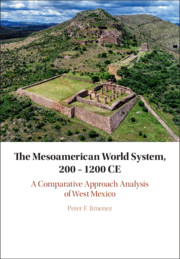Recent research conducted in northern Michoacan, west Mexico, has yielded significant new datasets that can be used to reconsider the occupation of this region in the Postclassic period (a.d. 900–1541), prior to and during the rise of the Tarascan state. LiDAR data, in particular, has facilitated reassessment of the archaeological record and its implications concerning the population and social dynamics of this region. In this article, I combine data collected through traditional field-based research with LiDAR-derived data to reassess the population aggregation that occurred during a.d. 1250–1450 in the Zacapu Basin, resulting in the formation of a large urban system. Compared to prior population estimates and interpretations regarding the urban structure of the Zacapu Malpaís sites, the integration of these datasets enables both an increased scale of analysis and finer resolution, thus providing a clearer picture of one of the earliest episodes of urbanization in west Mexico.


